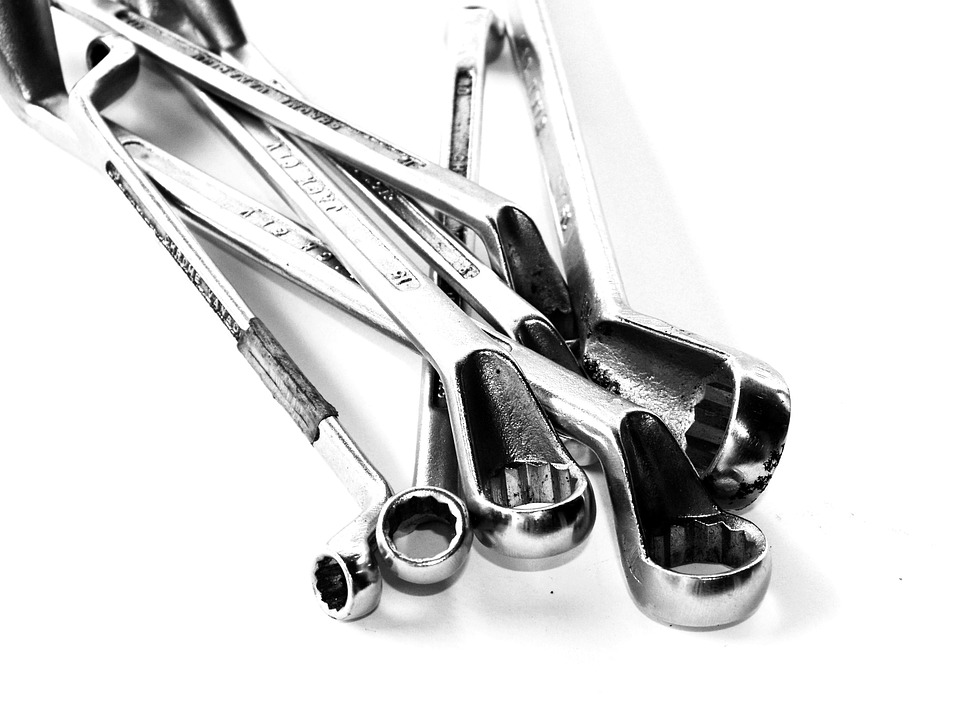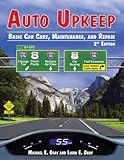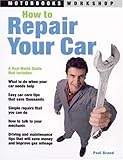Vehicular Emergency Preparation: Checklist & Supplies
 While not all of us venture into or live in wilderness areas, a great many people drive their vehicles long distance every year on business or pleasure through areas that can be quite challenging should they break down. In the United States, the deserts of the Southwest and winter snow bound North have claimed more than a few unprepared lives. In Australia, the Outback is notorious for swallowing up travels who underestimate its difficulties. The following is a pre-trip checklist and comprehensive equipment recommendations for the long-distance driver.
While not all of us venture into or live in wilderness areas, a great many people drive their vehicles long distance every year on business or pleasure through areas that can be quite challenging should they break down. In the United States, the deserts of the Southwest and winter snow bound North have claimed more than a few unprepared lives. In Australia, the Outback is notorious for swallowing up travels who underestimate its difficulties. The following is a pre-trip checklist and comprehensive equipment recommendations for the long-distance driver.
Car Trip Planning, Before You Leave
Before leaving on a journey through remote areas always notify friends, relatives, station
owners or police of the following information:
- Estimated time of departure [ETD]
- Check points and scheduled stop (times and place)
- Proposed and alternate routes
- Estimated time of arrival [ETA]
Don’t forget to notify those concerned once you have safely completed the journey!
Vehicle Check List
Consider taking your vehicle to a trusted service center or dealership and ask them for a basic, pre-trip inspection. Be sure you mention the climate you are driving to or through, so any special considerations can be addressed. They should cover the following items at minimum, though not all may apply to your particular vehicle. You should also check these items yourself before setting out each day on multi-day trips. If you do not know how to do so for your vehicle, consult your owner’s manual and/or ask your mechanicl to show you during his/her pre-trip inspection of your vehicle.
- Check engine drive belts
- Check engine oil levels
- Check coolant levels
- Check fuel filter [if possible]
- Clean air cleaner
- Clean radiator fins
- Check brake fluid levels
- Check clutch fluid levels
- Check power steering fluid level
- Check engine for oil leaks
- Check engine for coolant leaks
- Check transmission for oil leaks
- Check differential for oil leaks
- Check all steering rods for wear and cracking
- Check all joints for wear and cracking
- Check all tire pressures
- Check all tire for damage
- Check battery levels
- Check chassis rails for cracks
- Tighten all mounting bolts, etc.
Vehicle Tool Kit & Supplies
This is a fairly comprehensive list and may not be applicable to your vehicle model and driving climate, so feel free to modify as needed (i.e. Spark plug socket not needed for a diesel vehicle).
|
|
Additional Research:
   |